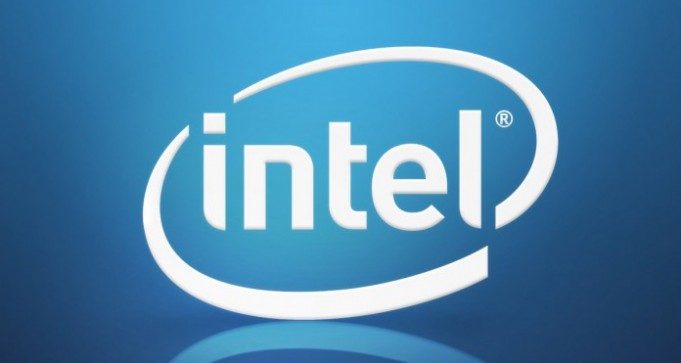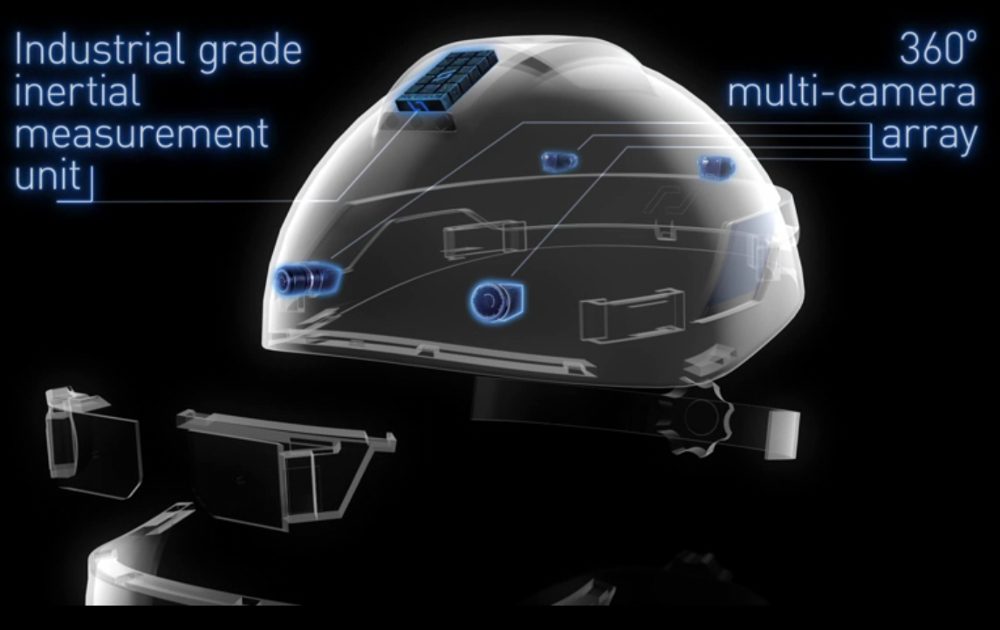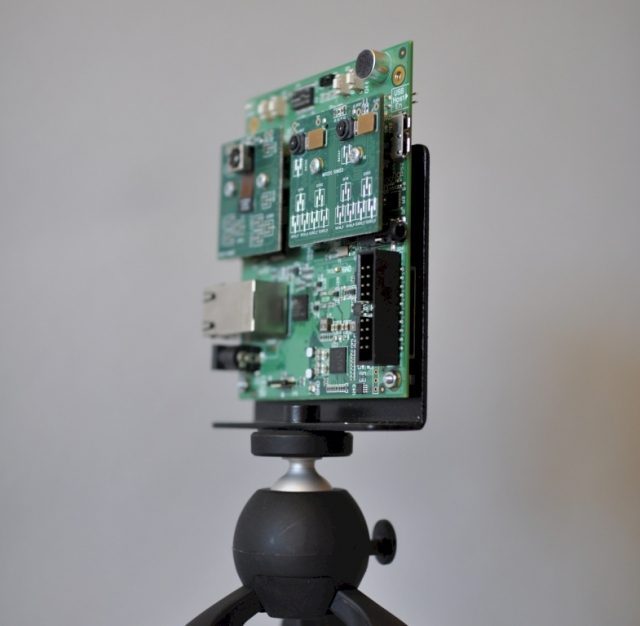Intel recently announced the planned acquisition of Movidius Technologies, a company specializing in on-device vision processing units (VPUs) and algorithms involved in a number of areas such as deep learning, depth processing, navigation/mapping, and natural interactions.
Movidius will be providing Intel with their low-power, high-performance system on a chip (SoC) platforms, including their dedicated Myriad 2 VPU we saw earlier this year—the big brother to Myriad 1, otherwise known as the vision processing chip at the heart of Google Project Tango first generation of AR tablets.
According to an Intel blogpost announcing the acquisition, the company “will look to deploy the technology across our efforts in augmented, virtual and merged reality (AR/VR/MR), drones, robotics, digital security cameras and beyond.”

Intel says Movidius’ technology “optimizes, enhances and brings RealSense capabilities to fruition,” the company’s depth-sensing camera array that incorporates a 1080p HD camera, an infrared camera, and an infrared laser projector.
At CES 2016 Intel highlighted the Daqri “smart helmet”, an augmented reality hardhat developed by Daqri that uses Intel’s RealSense 3D camera. The CES demo included an augmented view of a mock industrial setting which used a thermal imaging AR overlay to pinpoint heat-venting pipes.

In an interview with Movidius’s Marketing Communications Director Jack Dashwood at MWC 2016 earlier this year, he told us that the company was then engaged with multiple VR and AR headset manufacturers (exactly which ones he couldn’t say), and that we could expect something tangible in late 2016 or early 2017 using their VPU.
It’s unsure how the acquisition will effect these deals, or if Movidius will be providing their VPU exclusively for Intel-related projects, but one thing is for sure—Intel wants into the AR and VR game and now has the dedicated hardware to make it a reality.









